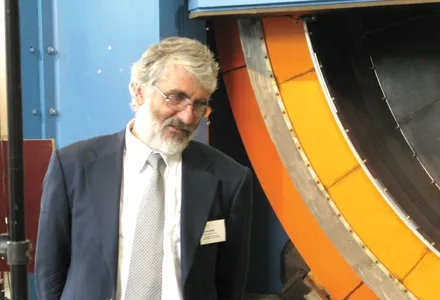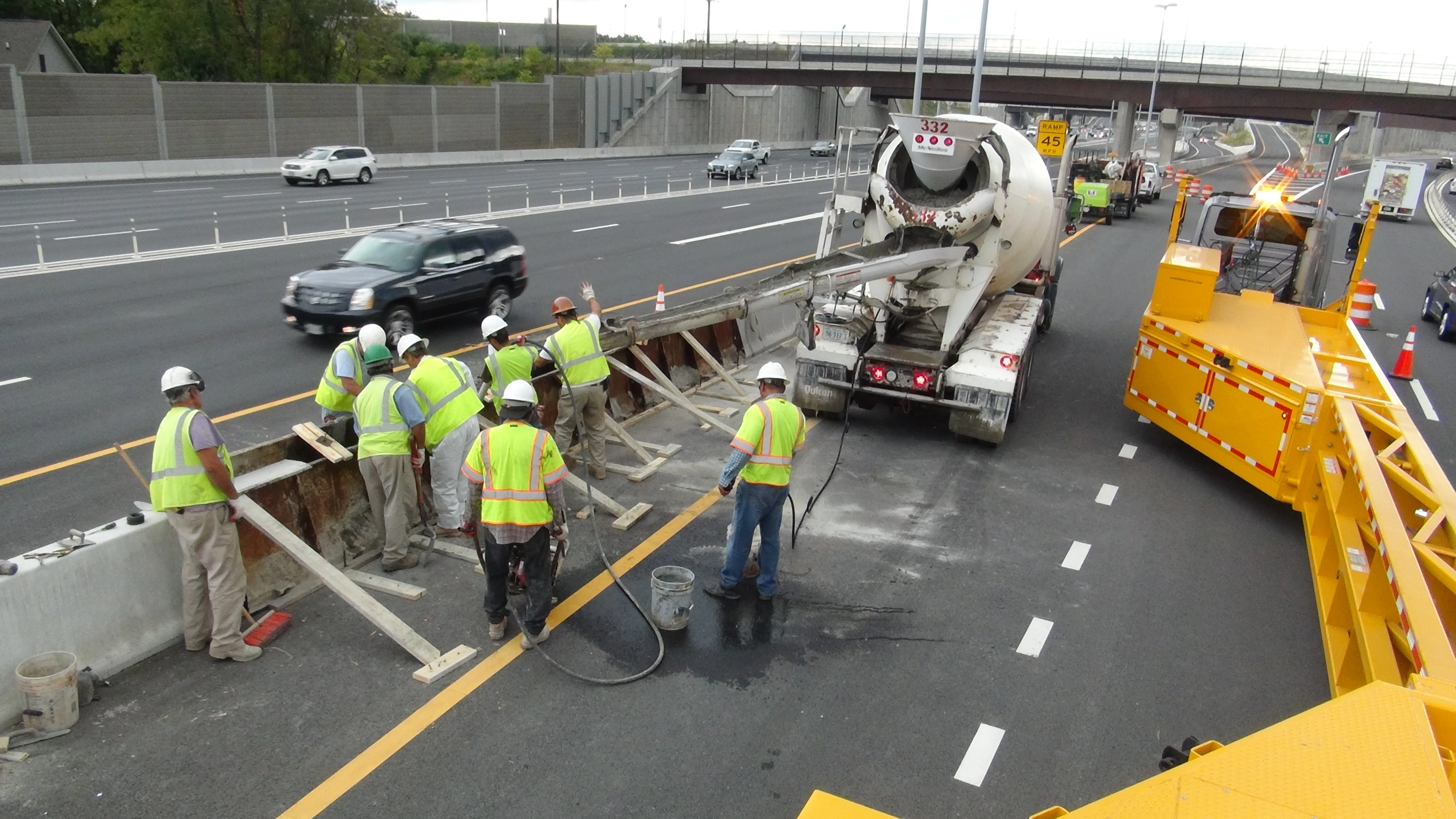
A variety of new technology for temporary speed zones during major highway projects across the globe is about to hit the market, while other proven systems remain in demand. Guy Woodford reports
The D-Cam P is one of four new mobile speed reading products for temporary speed zones being launched this month byDeployable solely as a speed camera or at a red light intersection to monitor red light offences, the D-Cam P can also act as a speed camera on the green and amber light phases. The machine digitally signs, encrypts and stores two images for a red light offence, and one image for a speed offence. Up to 100,000 images can be stored on the D-Cam P hard drive. For its speed camera application, the product can provide front or rear photography and be used in a variety of site configurations, including simultaneous bi-direction.
The D-Cam P can be moved between sites, whether speed only or speed/red light. Images are transmitted to the Truvelo Back- Office Server (TBOS) by ADSL or 3G/HSDPA.
One TBOS can handle up to 30 cameras. If necessary, images can be downloaded to a laptop at site and transferred to the back office.
Truvelo claims the D-Cam P is the only model of its kind that can deliver secondary speed verification on a single image. Each speed offence is captured at a constant position on the road and recorded over verification markers.
This allows the primary speed measurement to be easily checked and confirmed in the backoffice, and in court when required.
Truvelo was due to launch the D-Cam P, along with the new to export market ProLite + laser-binocular speedmeter, and the Falcon HR compact radar, at
The event, being held March 27-30, was also set to see the firm showcase its Kustom LASERwitness digital video speed enforcement system, and its Kustom HR hand-held compact radar.
Launched last spring, the Kustom LASERwitness (KLW) combines the ProLaser III laser gun with a
Peter Hill, director of Truvelo UK operations, describes the compactness of the machine as "remarkable". Weighing only 3.5kg, it is possible to deploy the KLW from a police motorbike.
Since its launch, Derby & Derbyshire Road Safety Partnership and Lincolnshire Road Safety Partnership in the UK have bought a total of nine KLW's. The partnerships are made up of public sector agencies including the police, fire service, local authorities, the Highways Agency, and
The Falcon HR and the ProLite + are said by Truvelo to be very compact and light, making them useful for speed surveys and assessing complaints from residents about speeding drivers in their community. Truvelo was also this month launching the KLW Lite. Unlike the KLW model, KLW Lite does not have GPS time and position, and onboard storage of time, date, speed summary information, in order to lower its retail cost. It means police users will enter time and date manually, focusing concentration on getting accurate time into the device.
Phase 1 of the project, which aims to use new technology and innovative solutions to ease congestion and improve safety, involving J4-J5 was completed in December 2009. Phase 2 was completed in March 2011 when the J8-10A section was opened.
The BBMM is looking to build upon the success of the Active Traffic Management Pilot on the M42. The 12-month pilot, which ended in September 2007, included the use of the hard shoulder by motorists. It led to a drop in accidents from an average of 5.1 to 1.8 a month. Other results were a 27% improvement in drivers' ability to predict their weekday journey times; a 4% reduction in fuel consumption; an up to 10% reduction in vehicle omissions; and 68% of travellers said they felt better informed about traffic conditions.
Marc Roberts, Peek Traffic business development director
"One of the most important challenges for the
"The Managed Motorway concept uses detectors to measure congestion, control software to display mandatory speed signs and an enforcement system to ensure drivers comply with the temporary speed limits. Peek has provided the detector technology through our Motorway Incident Detection and Signalling (MIDAS) products, the control software with our HA Traffic Management System (HATMS) and Hard Shoulder Management System (HSMS), as well as developing and installing the Highways Agency Digital Enforcement Camera System (HADECS).
"The enforcement system was granted UK Home Office Type Approval following a period of rigorous testing by the Home Office Scientific Development Branch (HOSDB) in conjunction with the Police. Images are collected digitally by the outstation camera units and automatically transmitted to an in-station in a secure encrypted format using Advanced Encryption Standard (AES).
"The Managed Motorway system permits the use of the hard shoulder at times of congestion to allow more vehicles to use the road. Compliance with the variable mandatory speed limits improves safety on the road and improves journey time reliability for the motorists." Traffic control technology from Peek Traffic, part of the Holland-based Imtech Group, is used in the M6 Birmingham Box Managed Motorways Scheme (BBMM).







